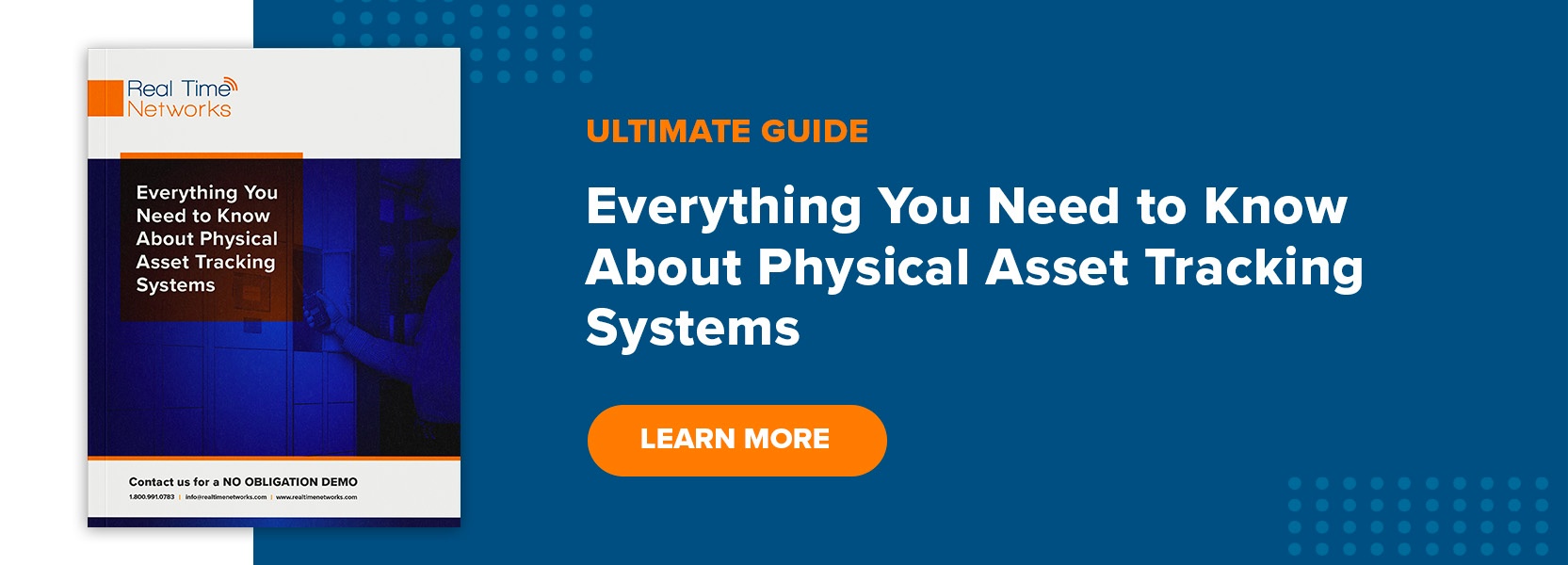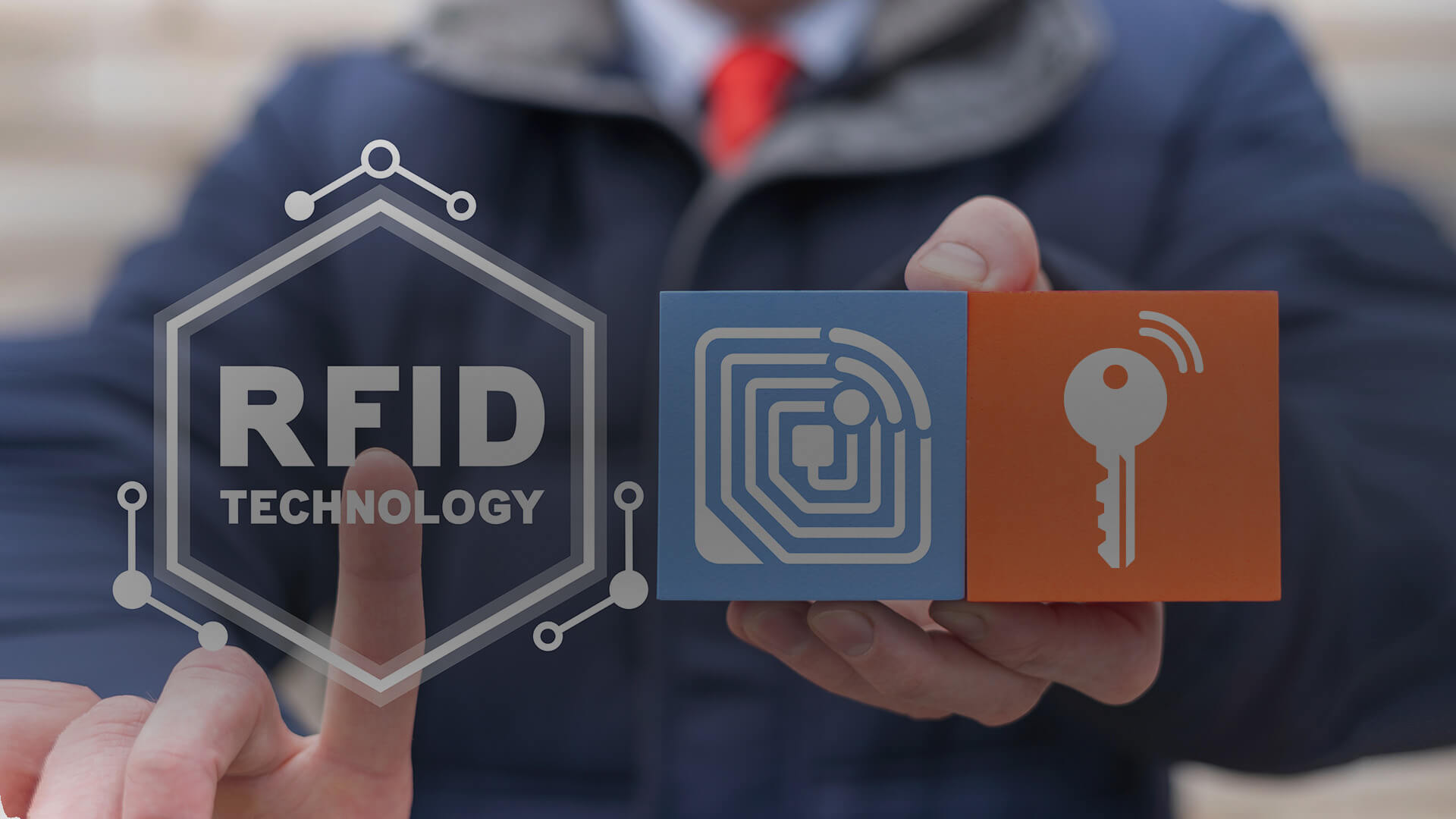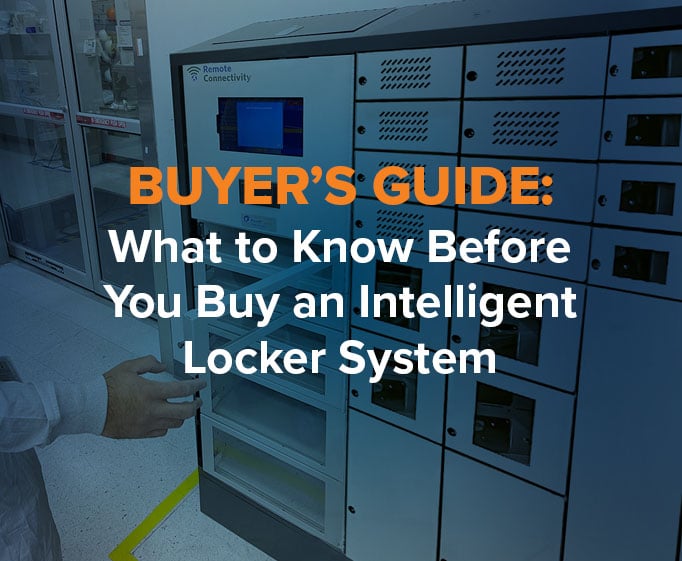By Jay Palter | April 21, 2021

Using asset tracking tags can significantly improve how your company manages its equipment and other important assets. However, tags can’t do much by themselves. You need to put effective management technology and business processes in place around them; otherwise, they’re no more useful than a label.
Setting up a basic tagging system will deliver some value to your organization, but by carefully planning how you implement your asset tracking, you could gain a host of benefits. You can reduce equipment losses to nearly zero, lower operating costs, and improve the overall efficiency of your workplace.
In this article, we look at 10 important things you do or don’t want to do when deploying asset tracking tags.
Top 10 Do’s & Don’ts for Using Asset Tracking Tags
Do: Select the Right Tag for Your Work Environment
Several different types of asset tags are commonly available. Each is suitable for different use cases. Make sure you choose the tags that make the most sense for your work processes and environment.
Barcode and QR code labels are the least expensive type of asset tracking tags. These labels are visually scanned, which means any surface wear will reduce readability. These codes also can only store a small amount of data compared to electronic tags. These factors make barcode labels best suited for light-duty or short-term tracking, such as for parcel deliveries or tracking consumable materials in your workplace.
Electronic tags are the other primary tag type. They identify themselves with a wireless signal. Short-range wireless tags, such as Bluetooth or radio frequency identification (RFID) tags, are small and cost-effective to deploy in large quantities, and flexible in their usability.
Wireless electronic tags facilitate higher volume scanning than their barcode counterparts. Wireless scanners can automatically record assets read in rapid sequence or multiple items simultaneously. For example, tagged assets in a storage case can be scanned all at once when the kit is taken from or returned to a storage locker.
Don’t: Allow RFID Signals to Be Blocked
RFID tags come in either active or passive varieties. Active RFID tags have an on-board battery, which means they’re usually larger and more expensive, but have a wider transmission range and are less prone to interference. Passive tags are less expensive but have a much shorter range, because their power is detected from the wireless signal sent by a scanning station.
Water and metal surfaces will both block passive RFID signals. While active signals usually transmit fine, depending on the specific frequency used, make sure to consider what materials in your environment might interfere with wireless signals when selecting your asset tag system. Do you need to store equipment in metal cases? If so, then passive tags aren’t the right choice.
There are other variables in RFID tag types that we’ve devoted a full article to explaining the differences between active and passive RFID.
Do: Select a Tracking System with Easy-to-Use Software
One of the main benefits of asset tracking systems is that they manage asset transactions much more efficiently than manual processes. However, that is only true if the automated system’s user interface and management portal are easy to use.
When comparing different asset tracking systems, consider how they will fit into the day-to-day workflow of your company. For example, if you’re going to track handheld inventory scanners in a warehouse, where speed is of the essence, will staff be able to quickly sign them in and out as shifts change? Or will workers spend the first 10 minutes of their shift queuing to get a device because a given tracking system interface is too complex?
The tracking system’s management software should also be easy to use. You’ll want a management portal that can quickly give you the information you need. It should include prebuilt reports that are useful for your industry. Ideally, the software should allow you to customize reports for your company’s specific needs.
Don’t: Completely Disrupt Existing Workflows
If you’re asking staff to completely change their routines to accommodate a new asset tracking system, then adoption will be slow at best and usage will be inefficient. Instead, deploy a tag system that complements and improves the way you currently work.
Make sure the asset tag tracking system you purchase can be customized to fit your physical facility and business workflows. You might have staff with many different job types using the same tracking system. They shouldn’t have to wade through signout options for a bunch of different asset types not relevant to their job. The system should present them only with asset transaction options relevant to what they do at your company.
Do: Perform a Complete Audit to Ensure Everything You Care About Gets Tagged
You need to take an organized approach to asset tracking if you want to get the best results from your new tracking system. That starts with knowing every asset you intend to track before you start tagging anything.
Perform a complete top-to-bottom inventory of every asset you need to track. Typically, any asset whose loss would impact your company’s performance or profitability needs to be tracked.
Don’t: Just Tag Everything Possible
You may need to do a complete audit, but don’t overburden your staff and your tracking system with unnecessary entries. Again, ask whether an asset is cost-effective to trace.
If losing it won’t drastically impact performance or your bottom line, it might not be worth tracking. For example, you’re not going to bother tracking basic office supplies.
What is your company’s threshold for something to count as a valuable asset?
Do: Securely Attach Asset Tags to Equipment
RFID tags come in many different forms. Passive RFID tags are lightweight, and because of this, they are often glued to assets, hung on keyrings, or embedded within the equipment, such as in airline kitchen prep knives or radio knobs. Due to their larger size, active RFID tags are more often mounted with screws.
Choose a mounting option that won’t interfere with your asset’s use or the tag’s ability to transmit. Make sure your choice of mounting option is compatible with the intended lifecycle of the asset. For example, you wouldn’t want to use a zip-tie-hanging tag on a rugged-use handheld scanner with a three-year lifecycle. That tie will eventually become brittle and snap off. Gluing a tag to the back of the scanner might be a much more appropriate option.
Don’t: Forget to Integrate with Other Access Control Systems
Asset tracking systems typically use an access control solution to authenticate users when they sign equipment in or out. That means you can often integrate a tracking system with the existing electronic access controls you use elsewhere in your business.
Doing so would streamline administration by rolling two management systems into one. Instead of maintaining two or more overlapping user databases, you can simply manage personnel in a signal dashboard.
Integrating those systems also unifies your data collection, which can provide better insight into how people and assets move through your organization. This can help you optimize workflows, especially those that involve more than one sign-out process.
Are staff always forgetting to return toolkits at the end of their shift? An integrated system will allow you to set up an alert when a tracked toolset is not returned at the end of a worker's shift.
Do: Record All Important Information in Your Asset Database
RFID tags are capable of storing a good amount of information, as are the management systems they connect to. Make use of that storage by tracking information such as asset serial numbers, warranties, department ownership, and asset lifecycle end dates.
This can improve the long-term financial health of your business. You will reduce downtime and repair costs through better management. Tracking utilization can also help reveal if you’ve over- or under-purchased different types of equipment.
Don’t: Think Asset Tags Are Just for Logging Transactions
Using electronic tags that can interact with a networked management system creates some interesting possibilities. For example, you can apply automated, smart technology management practices to your formerly run-of-the-mill equipment.
If you suspect staff members are developing favorite toolkits, signing out the same ones from a larger pool over and over, then you can have the management system designate only the least used kit to be unlocked for distribution. This will help distribute wear and tear across your entire equipment pool.
Smart tracking systems with content surveillance can be especially useful for managing regulated equipment, such as EMT medicine bags or OC spray canisters for correctional institutions. Assets can be scanned or weighed when they’re deposited in a storage system. If medicine vials are missing or spray canisters are low, the system can automatically send an alert to compliance officers.
Asset Tracking Tags: The Cornerstone of Asset Management Programs
Asset tracking tags may be powerful tools, but they are only as useful as the systems and processes you put in place around them. One of the best ways to utilize tags is as part of a smart locker storage and management solution for your equipment. These can turn what were formerly time-consuming manual tasks into simple, automated actions that generate useful business intelligence.
Check out the AssetTracer intelligent locker solution to see if it is the right platform for your company’s asset tracking.
Subscribe to our blog

Jay Palter
Vice President of Marketing & Partnerships






